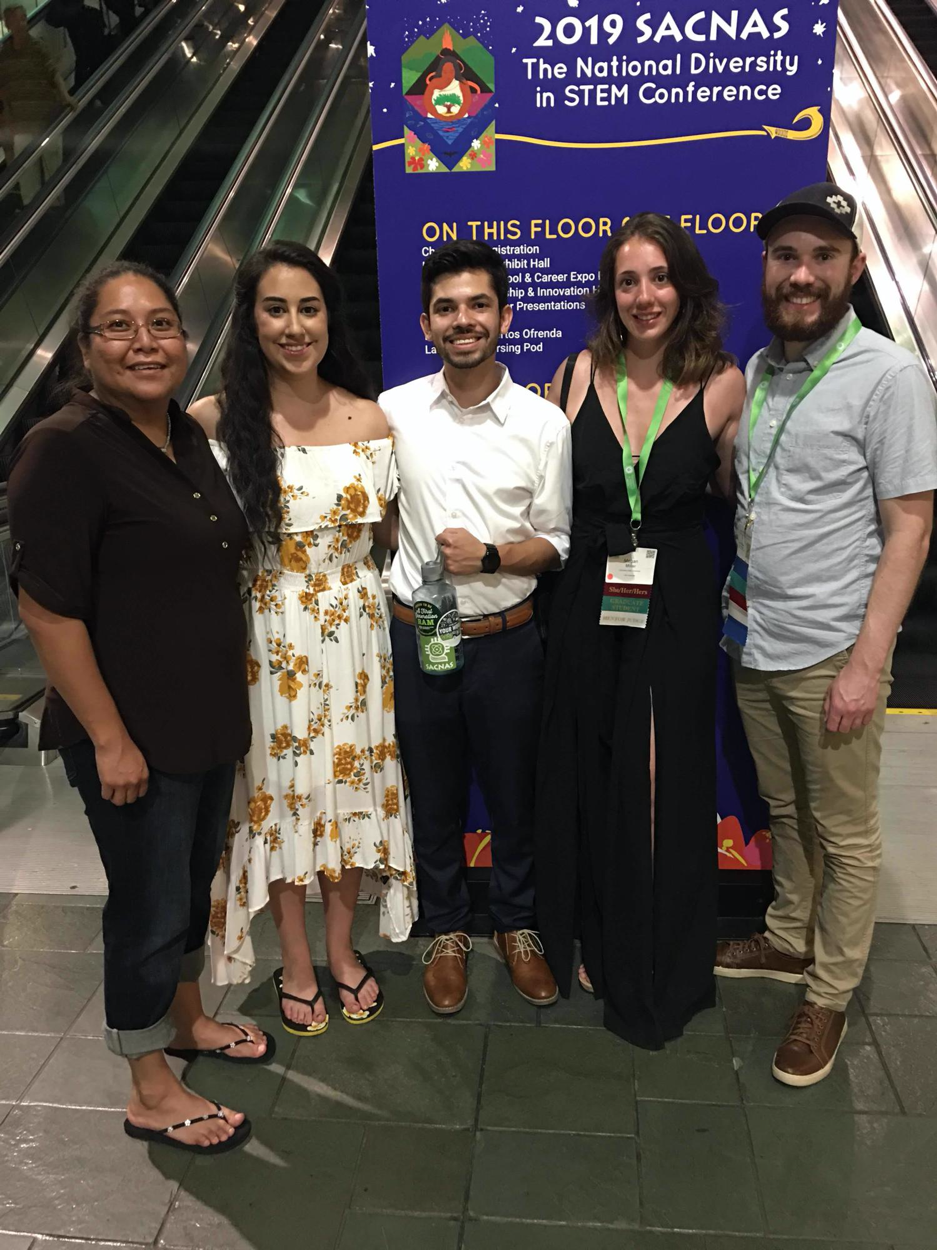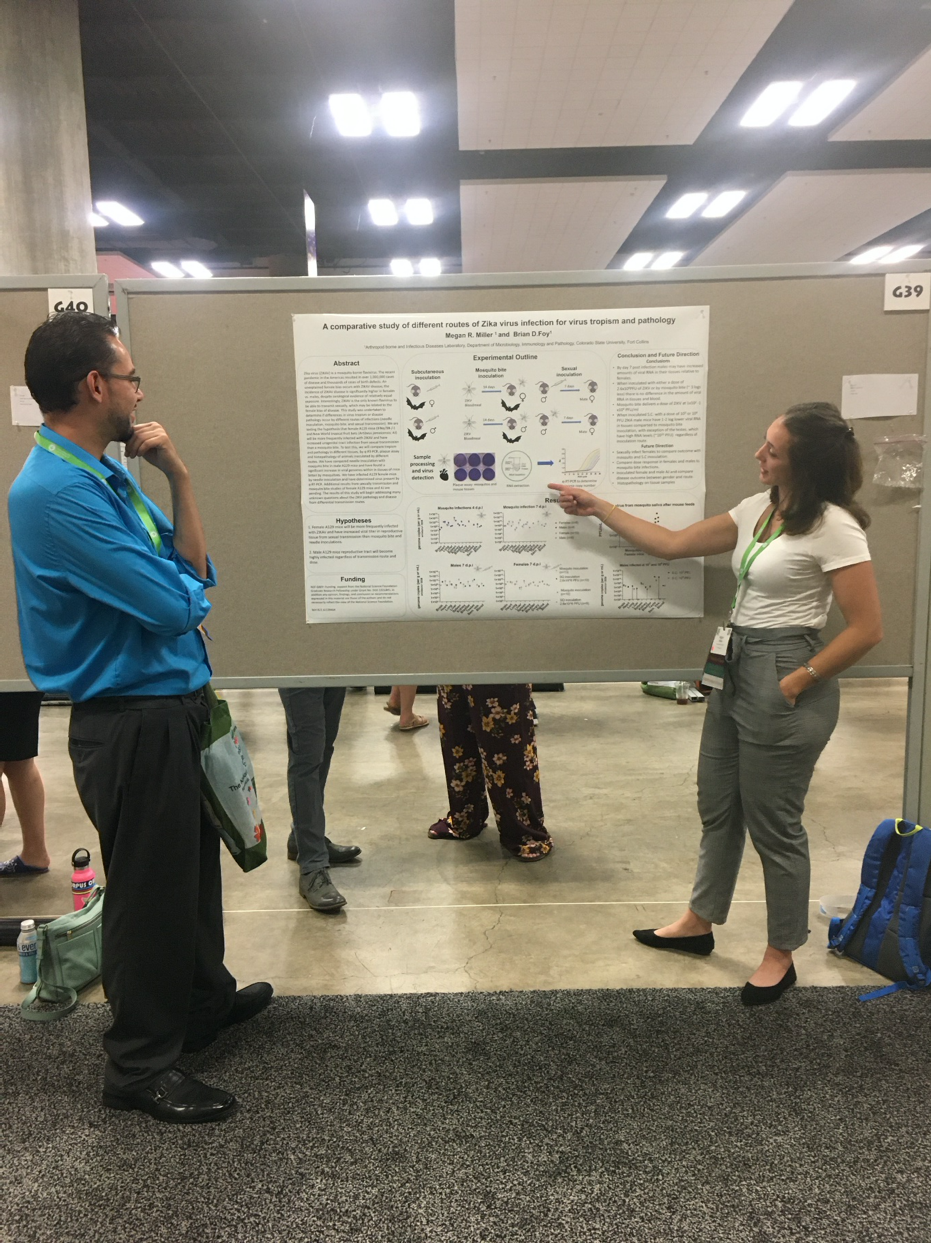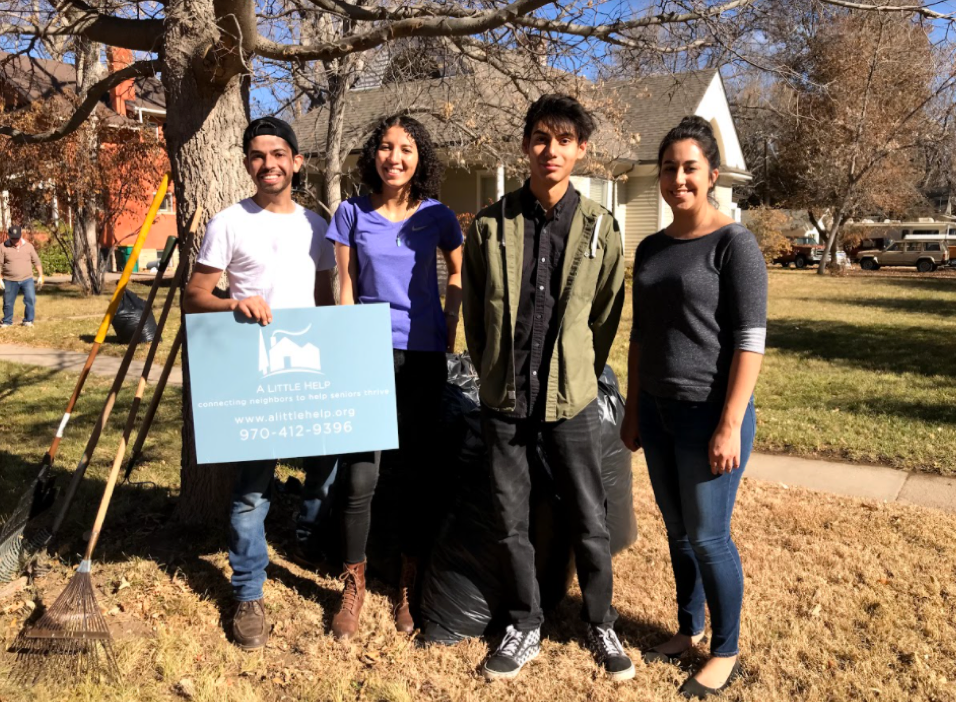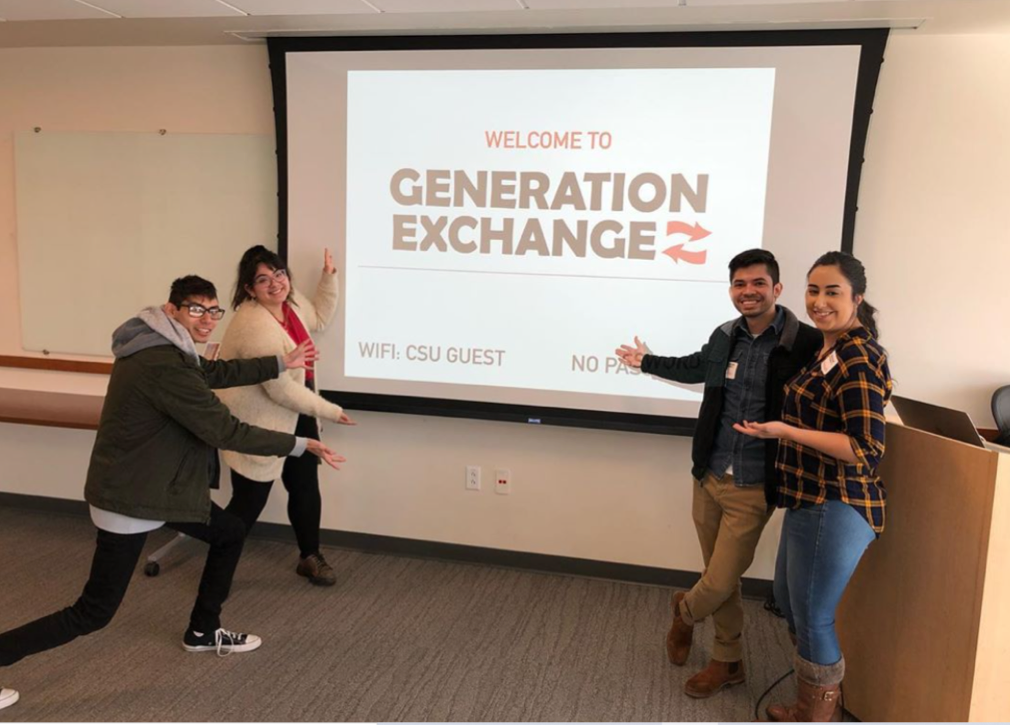 A group of passionate, hardworking students is taking charge and helping shape inclusion efforts in the STEM community at Colorado State University.
A group of passionate, hardworking students is taking charge and helping shape inclusion efforts in the STEM community at Colorado State University.
CSU-SACNAS — a chapter of the Society for the Advancement of Chicanos/Hispanics and Native American Students in the Sciences — is an inclusive organization dedicated to fostering the success of Chicanos/Hispanics and Native Americans, ranging from college students to professionals, in attaining advanced degrees, careers, and positions of leadership in STEM.
The CSU chapter of SACNAS was established in 2007 to connect people from all racial, ethnic, and professional backgrounds who are passionate about working with diverse populations in science and engineering and to encourage ethnically diverse students to pursue graduate education and obtain advanced degrees needed for science and engineering research, leadership, and teaching careers.
The club and the national SACNAS organization are open to all under-represented people in STEM, not just Chicanos/Hispanics and Native Americans. Despite the additional challenge presented by the COVID-19 pandemic, the SACNAS team is determined to make this another meaningful year at CSU.
The SACNAS team took over the CSU Natural Sciences Instagram to talk about their plans for the 2020 semester. Watch their takeover here:
Taking a leadership role
Ricardo Vazquez, a fifth-year CSU student double majoring in biochemistry and molecular biology and biomedical science, is this year’s SACNAS president. He has been involved with the club since 2018 and joined immediately after transferring from Aims Community College in Greeley.
What drew him to the club, initially, was diversity.
 “Not everybody in SACNAS identifies as Chicano or is Hispanic or Native American,” said Vazquez who identifies as Chicano and is a first-generation student. “I really like the community because it’s not a student organization dedicated to promoting just one under-represented minority, it is an enginWoverarching student organization dedicated to promoting diversity in STEM by allowing underrepresented students the opportunity to have an impact in both their scientific and cultural communities.”
“Not everybody in SACNAS identifies as Chicano or is Hispanic or Native American,” said Vazquez who identifies as Chicano and is a first-generation student. “I really like the community because it’s not a student organization dedicated to promoting just one under-represented minority, it is an enginWoverarching student organization dedicated to promoting diversity in STEM by allowing underrepresented students the opportunity to have an impact in both their scientific and cultural communities.”
Vazquez added: “I never thought I’d be the president of a student organization … I never even thought I’d be centered in anything. I really didn’t have a community back at my old school. I came to CSU looking to be part of a community, and SACNAS really allowed me to do that. Now, the club is allowing me to take a leadership role, trying to grow it and get everybody take part in the community.”
SACNAS has a robust group of advisors, faculty board members, and long-term members who are passionate about science and fostering the success of all people in STEM.
Vazquez added that being part of a community of support has been a tremendous asset, adding that SACNAS is a hub for rewarding mentorship opportunities.
“Building a community that empowers us and allows us to ask for help and ask questions and be mentors for each other is really important, because you don’t know what you don’t know, and there are people in our community that do know and want to help,” Vazquez said.
Focus on inclusion

Vazquez found SACNAS through Paul Laybourn, a professor in the Department of Biochemistry and Molecular Biology and advisor for the club.
“Diversity and inclusion are the biggest issues in science today,” Laybourn said. “They are a bigger problem than funding. Diversity and inclusion affect science. It’s a national security issue. If you don’t have all ideas and minds at the table how can you be prepared to solve problems, to answer questions?”
While SACNAS was initially meant to bring representation to a few minority groups, it has evolved to become inclusive of all minoritized groups in STEM.
“We want everyone to succeed,” Vazquez said. “SACNAS’ main goal is getting students more involved in research so that they can understand fundamentally what it’s like to be a researcher,” Laybourn said. “We also seek to create a scientific community that doesn’t ask you to adopt a new culture but rather introduce your culture to your research.”
SACNAS is also diverse in the disciplines of science it represents. “It allows students to speak to each other about their research, which teaches them to communicate about their work outside of their direct field, which is a huge skill,” said Shane Kanatous, the SACNAS faculty advisor and Department of Biology professor.
While CSU has many different administrative and student efforts focused on diversity and inclusion, SACNAS is somewhat unique. “Everyone in science is big on research, but not everyone is big on diversity and inclusion,” said CSU student Vincent Elias, a neuroscience major and the public and marketing relations officer for SACNAS.
2020 vision
This semester, all SACNAS events and meetings will be completely virtual. The club leaders have developed “We Hear You, Let’s Talk About It,” a virtual meeting series in response to the COVID-19 pandemic that provides a safe space for community members designed to foster discourse and support.
 According to the organizers, the first few iterations of the meeting have been very successful, and the club leadership is looking forward to growing the community, even in a virtual format.
According to the organizers, the first few iterations of the meeting have been very successful, and the club leadership is looking forward to growing the community, even in a virtual format.
The club has also taken the time to develop a statement of commitment: To promote diversity within STEM with careful consideration of the Black Lives Matter movement and incidents of racial bias both on and off CSU’s campus.
“The action we take on campus will prepare us to take action off campus,” said Vazquez.
This year’s SACNAS student leaders give proof that the organization is deeply committed to its mission, and ready to make change at CSU, in STEM, and around the world.
About Rams Shape Science: Meet some of the extraordinary students, faculty, and staff in the College of Natural Sciences who are shaping the future of science and our society.